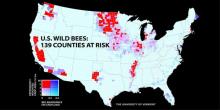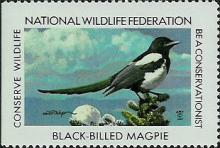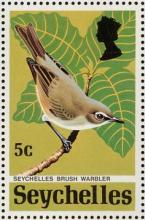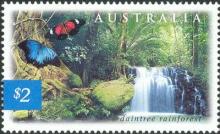Waterbirds in Myanmar's Irrawddy River declined by up to 90% over the last 14 years
Over the last 14 years, waterbirds in Myanmar's Irrawddy River declined by 60% to 90% depending on the species. Scientists working for Fauna & Flora International (FFI) and Manfred Hermsen Foundation have repeated an ornithology survey of the Myitkyina to Mandalay stretch of the Irrawaddy River last carried out in 2003. They found that many waterbirds have declined sharply. More than 20,000 waterbirds (61 species) were recorded along the river, with small pratincole (Glareola lactea) and ruddy shelduck (Tadorna ferruginea) the most numerous recorded.










